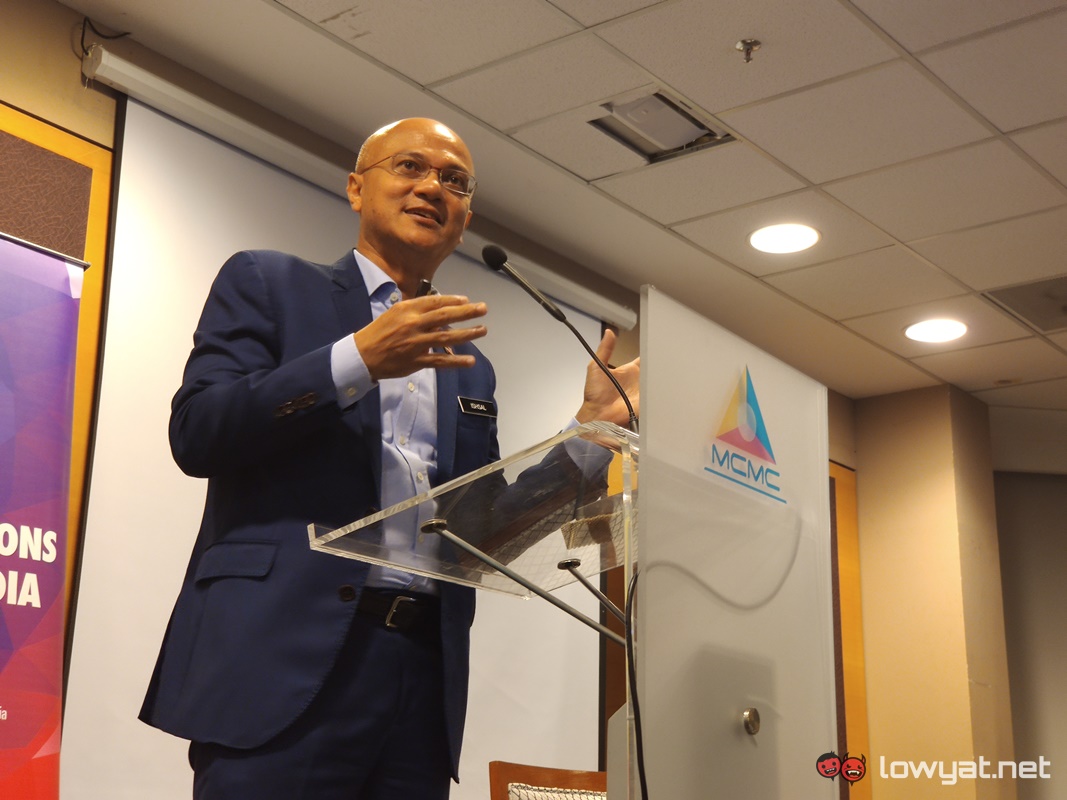As of August this year, the MCMC has already met with all State heads, with more meetings planned between the two over the coming months. On another note, Al-Ishsal Ishak, MCMC chairman, also told us that the NFCP funding will be procured via the Universal Service Provider (USP) of the country’s telecommunications industry. The exact of about that funding is estimated at RM21.6 billion, but Ishak said that the amount isn’t set in stone. As it is a “rolling action plan”. As a recap, the objectives of the NFCP are as listed below:
Entry-level fixed broadband package at 1% of GNI by 2020Gigabits availability in selected industrial areas by 2020 and to all State Capitals by 2023100% availability for premises in State Capitals and selected high impact areas with a minimum speed of 500Mbps by 202120% availability for premises in suburban and rural areas with up to 500Mbps by 2022Fibre network passes 70% of schools, hospitals, libraries, police stations and post offices by 2022Average speed of 30Mbps in 98% of populated areas by 2023Improve mobile coverage along the Pan Borneo highway upon completion
As of the second quarter of 2019, MCMC reports that fixed broadband subscriptions have increased by 0.4% (quarter-on-quarter), Fibre internet adoption currently sites at 1.85 million, and 4G LTE coverage is at 80.1%, up from 79.7%. Broadband subscription fees have also decreased significantly over the year, while broadband speeds have also increased significantly. As of December 2018, the price for a 500Mbps subscription is RM176 on average; prior to the reduction, consumers were paying RM247 on average for 300Mbps.
